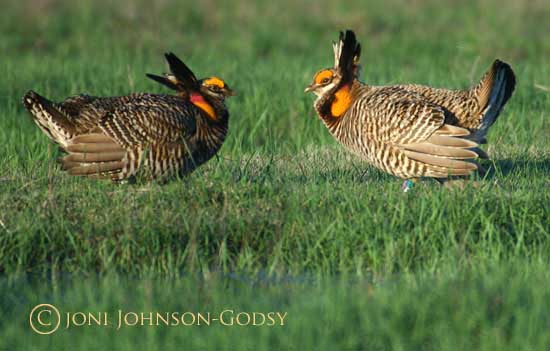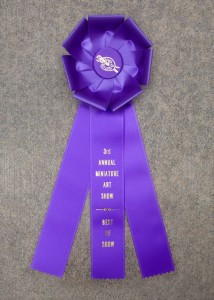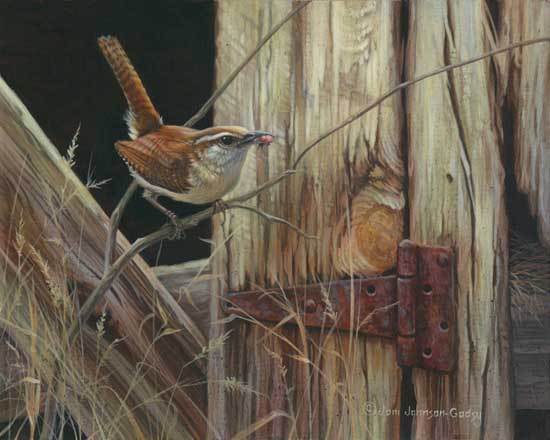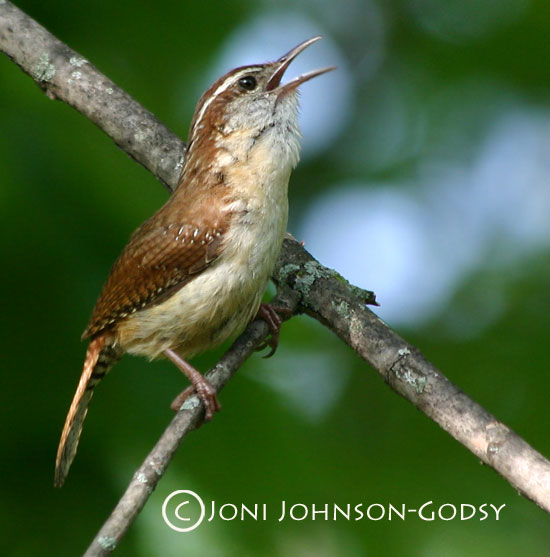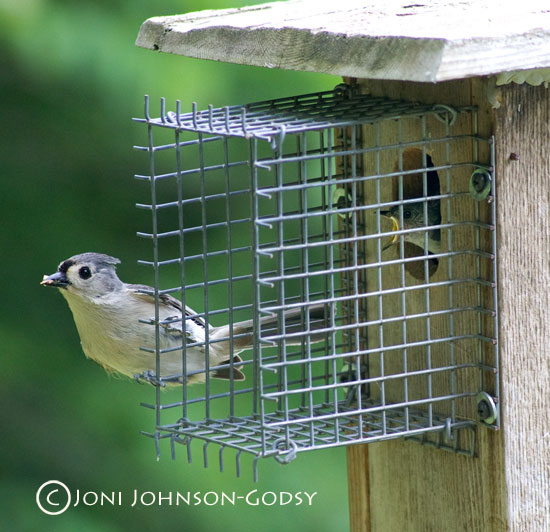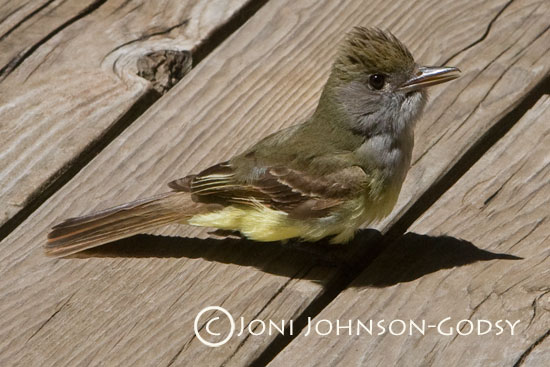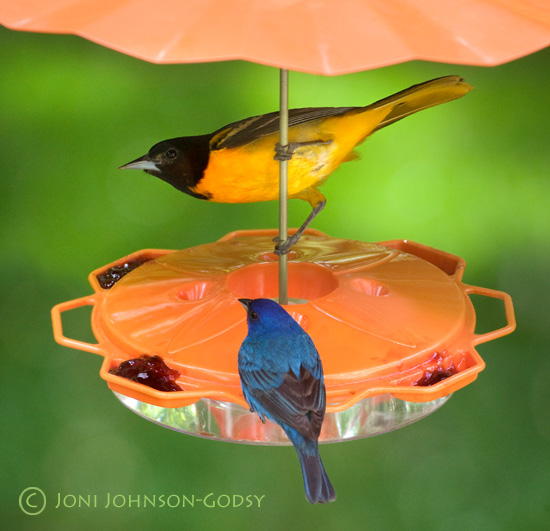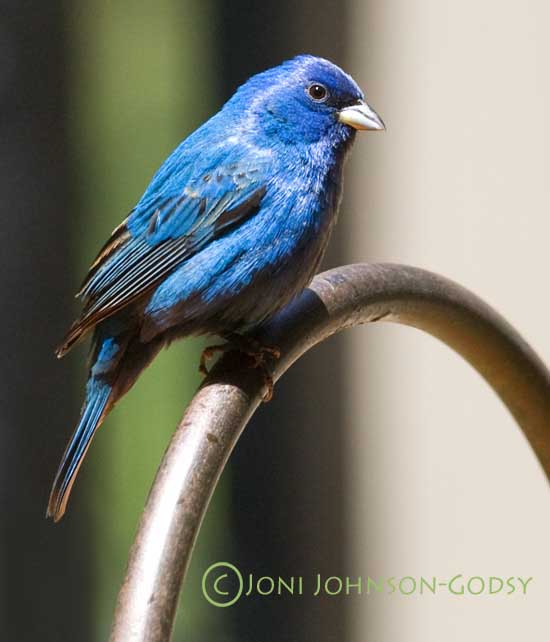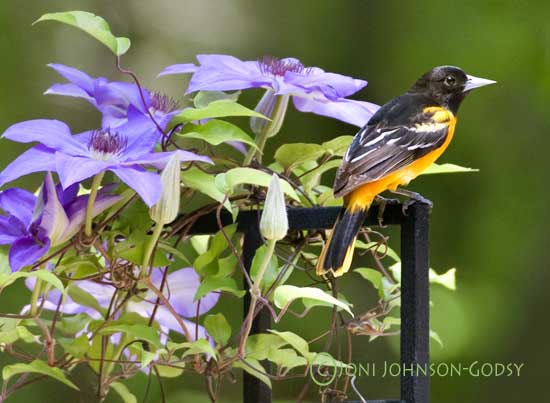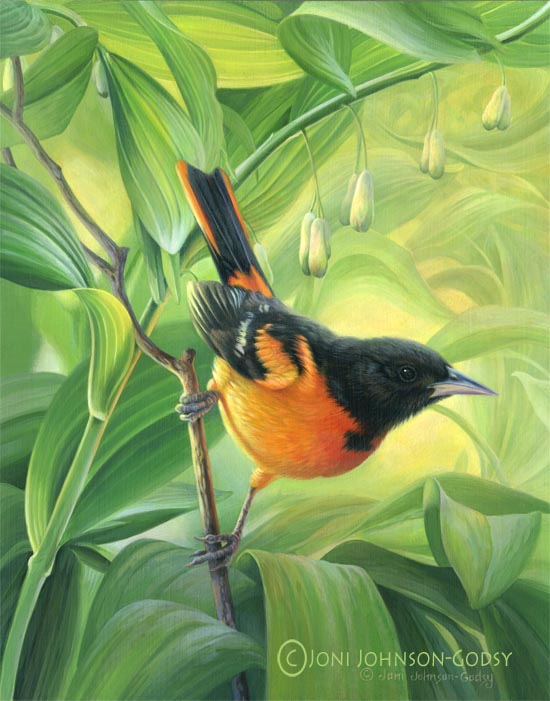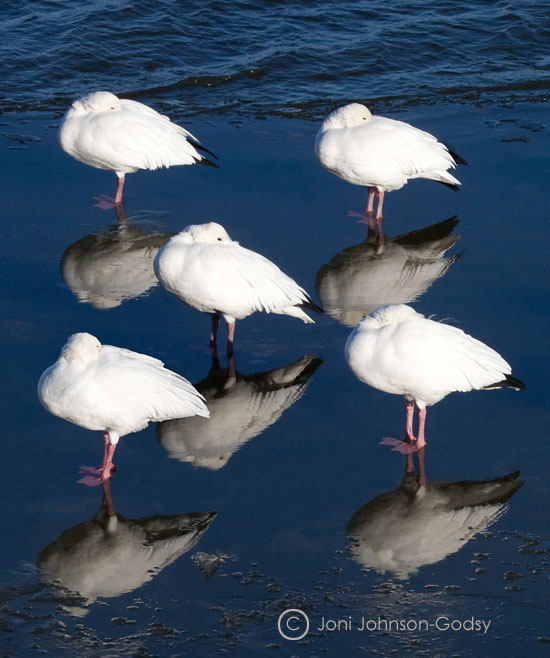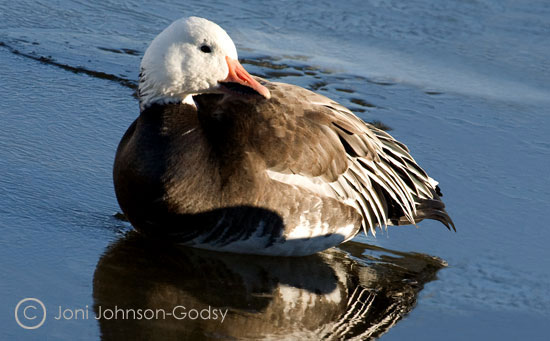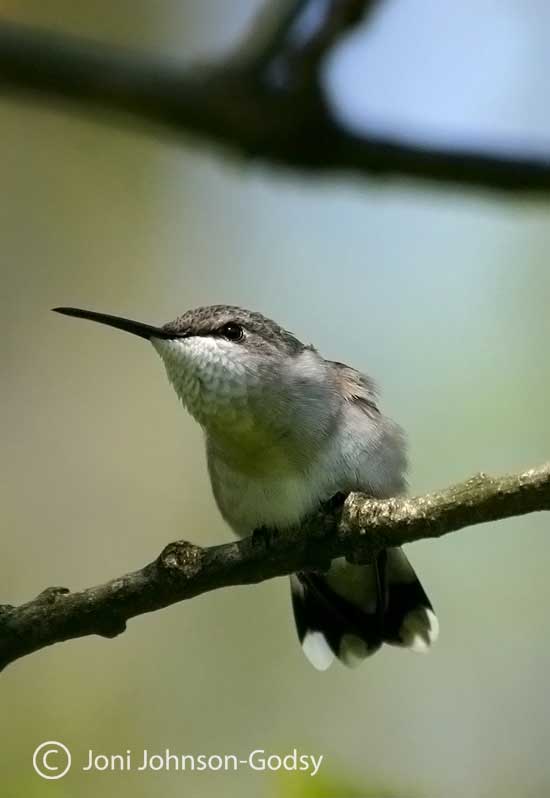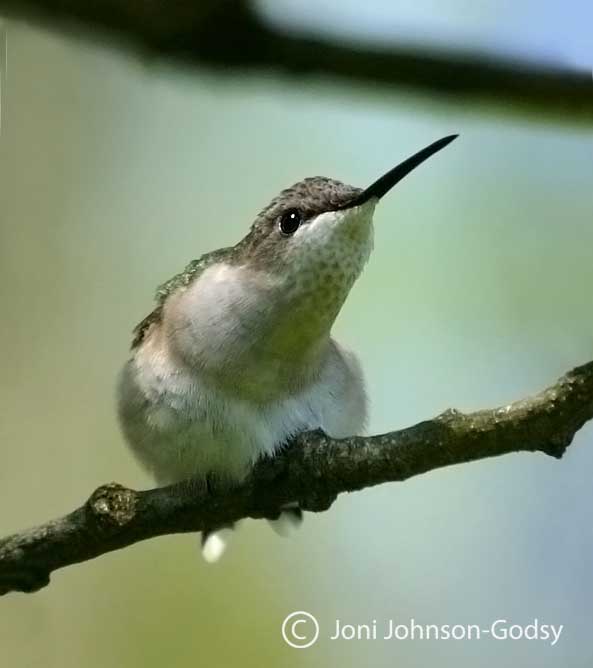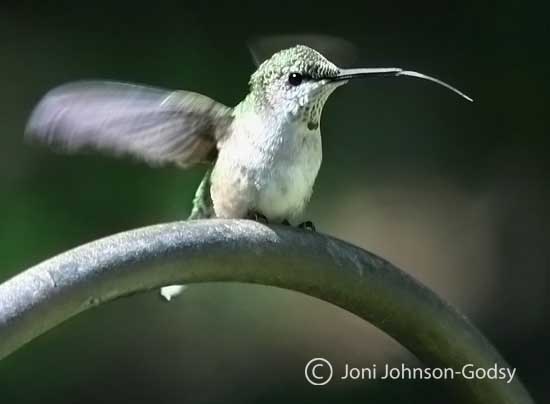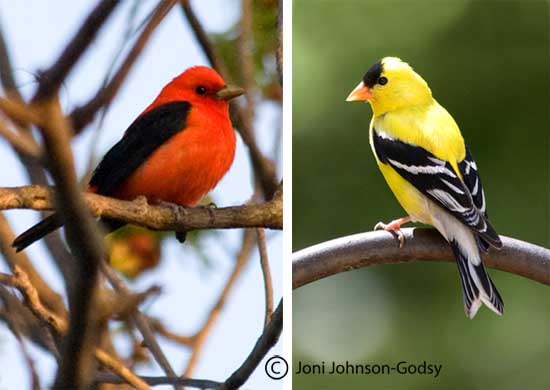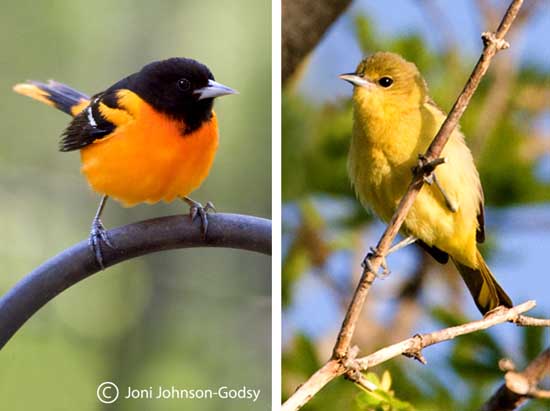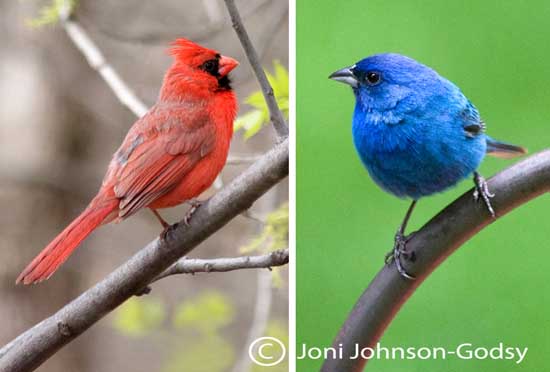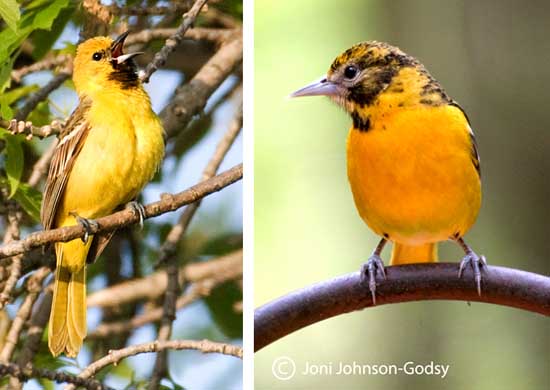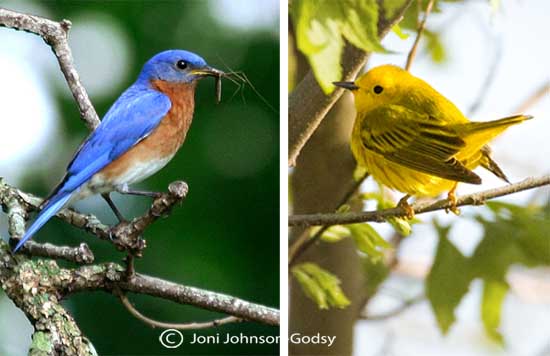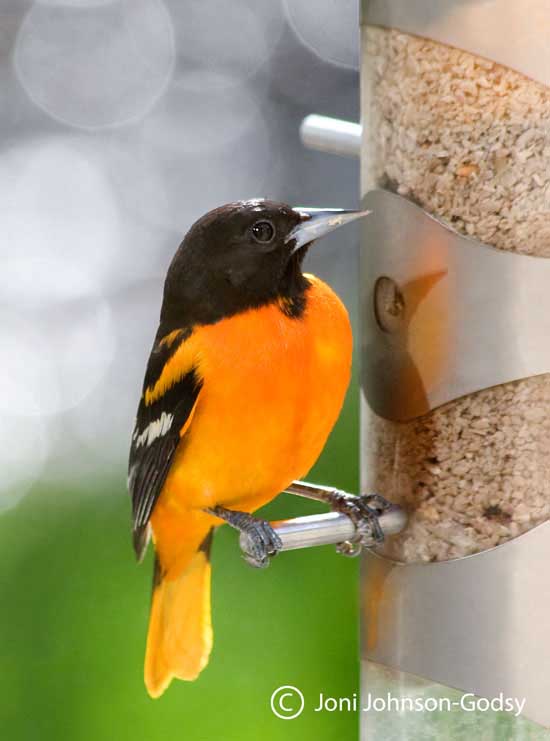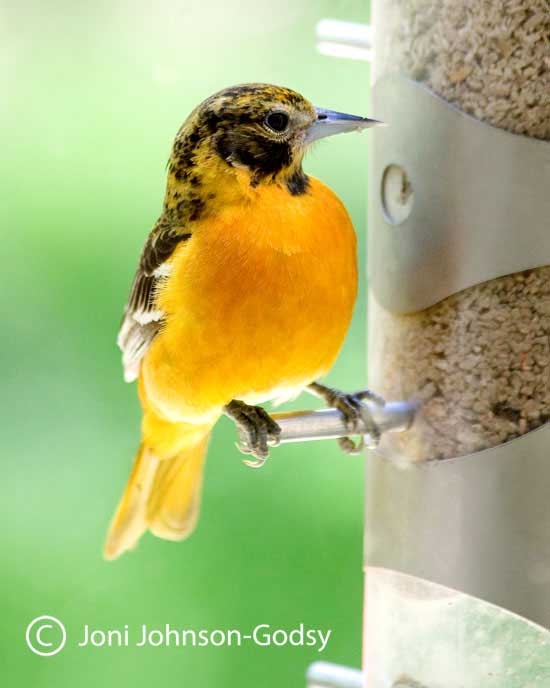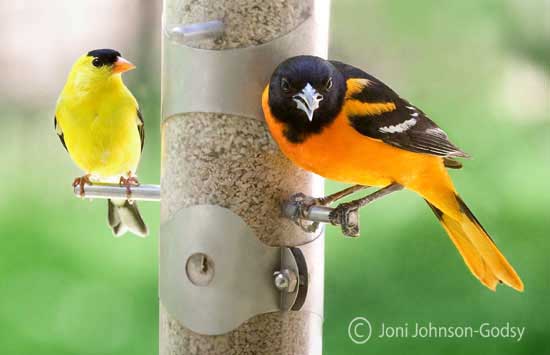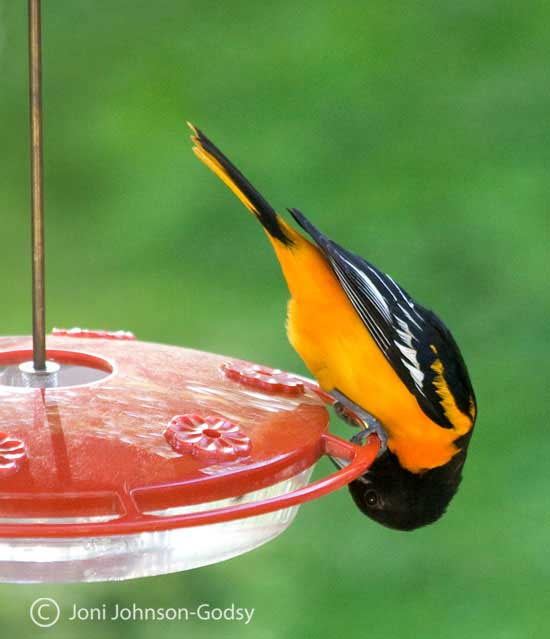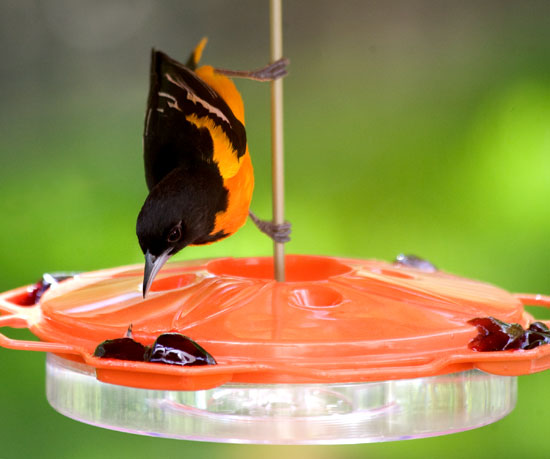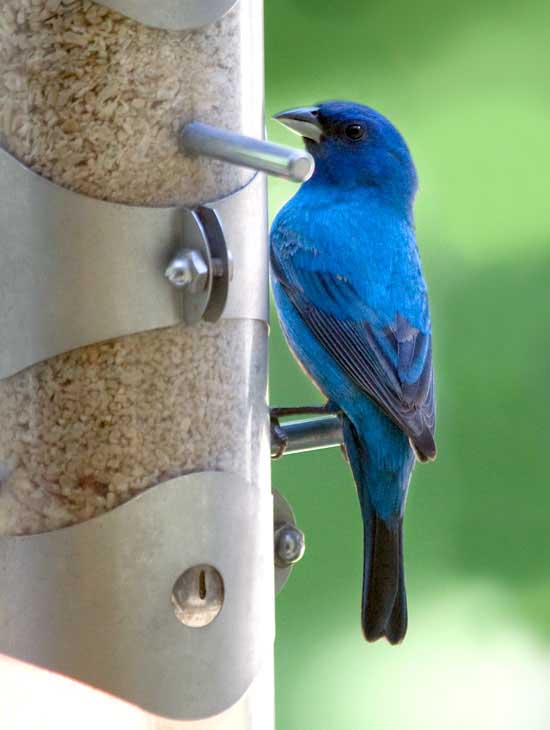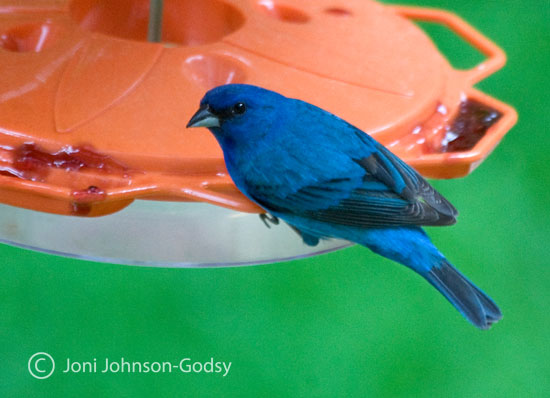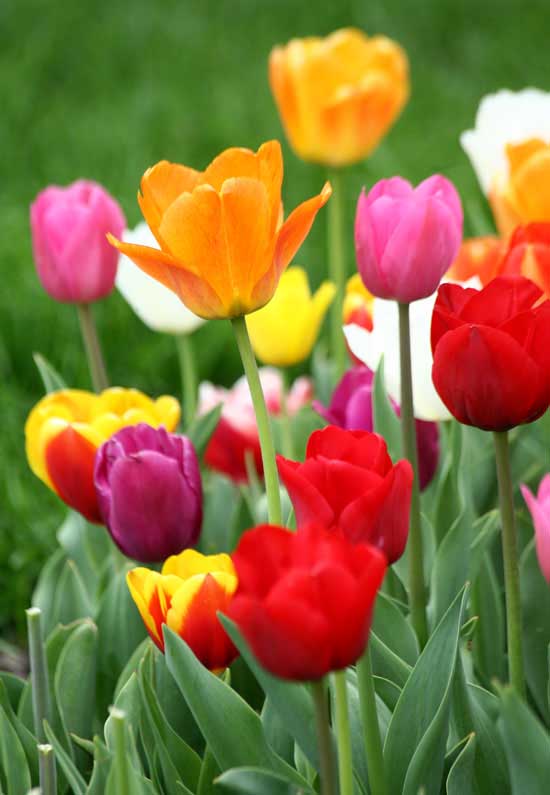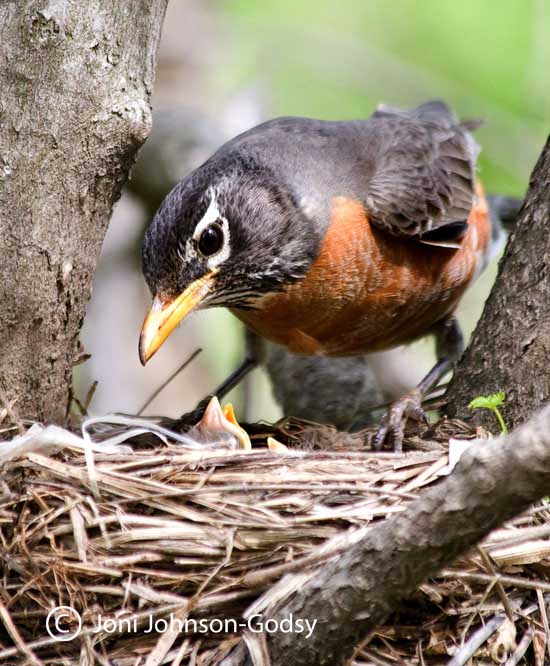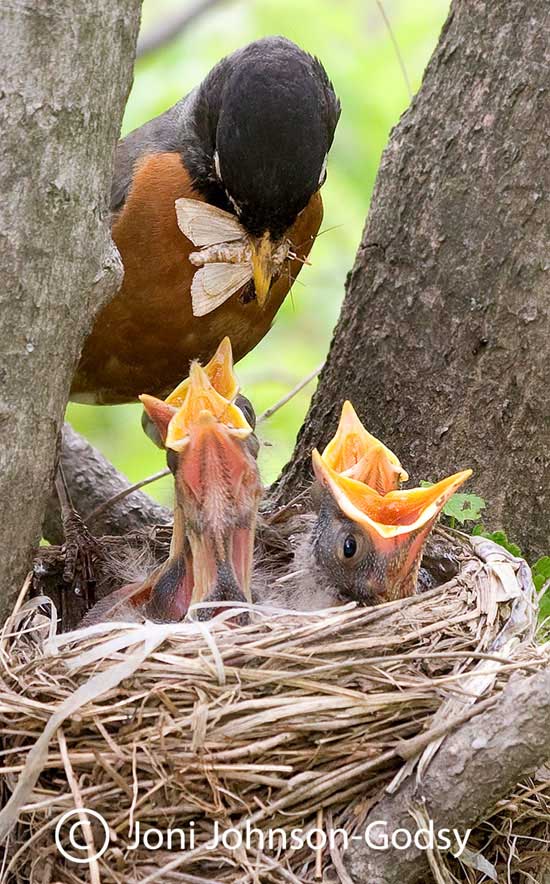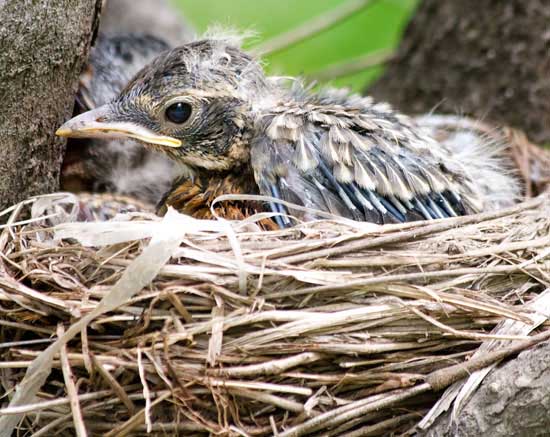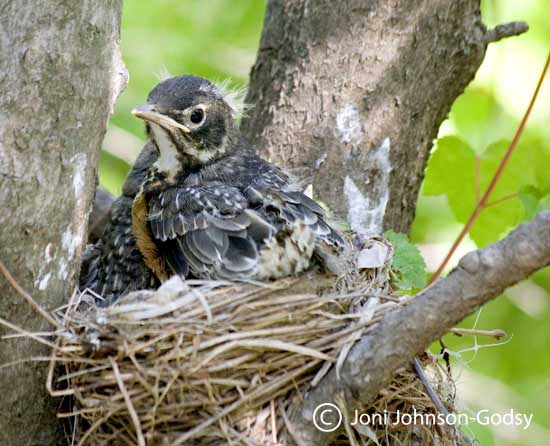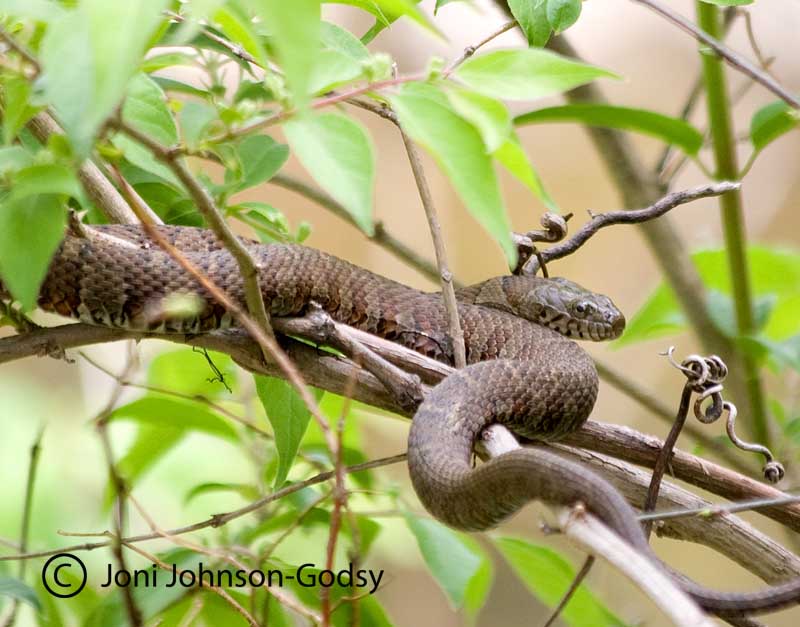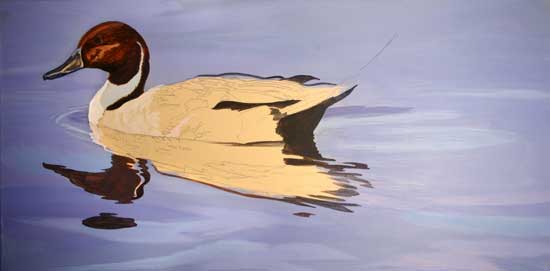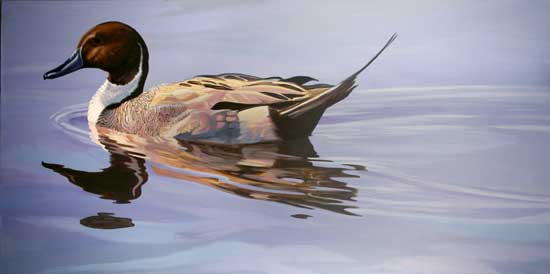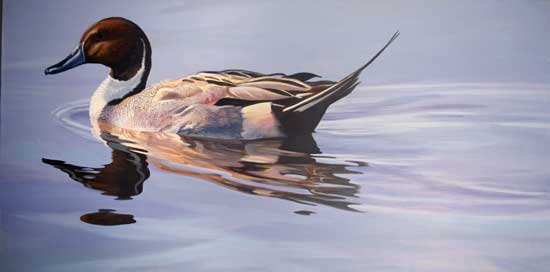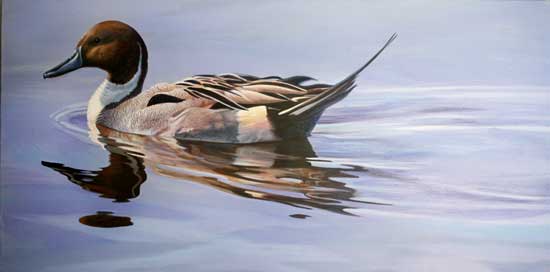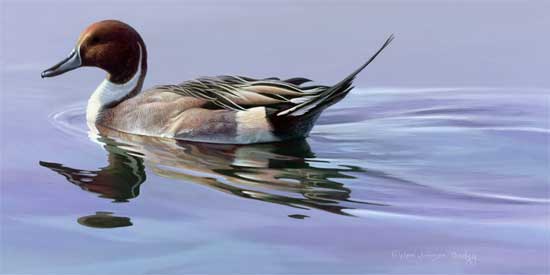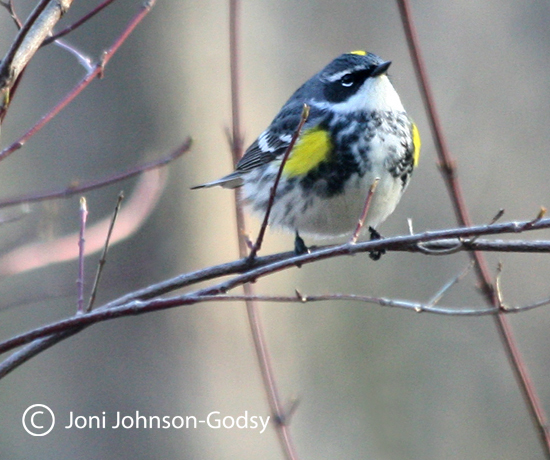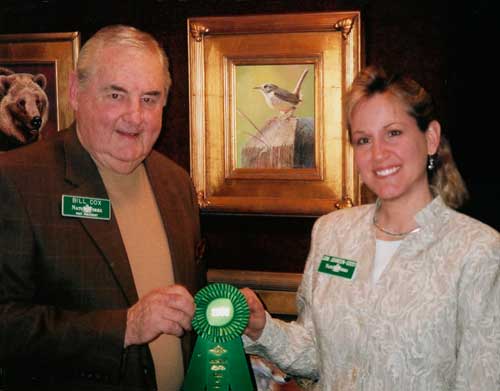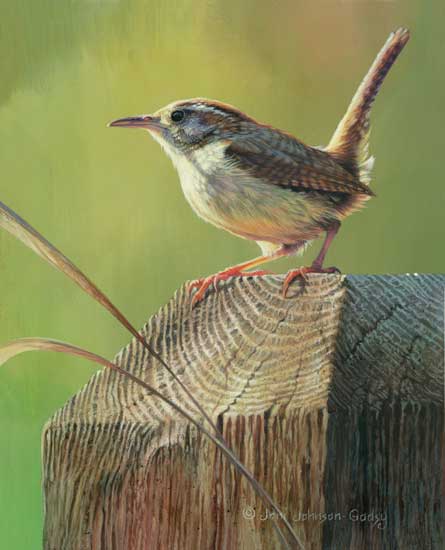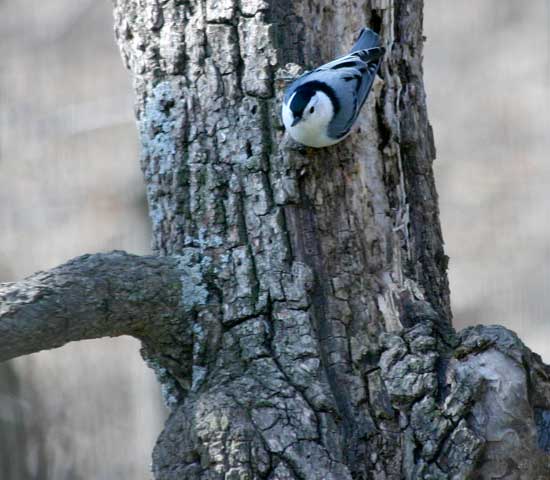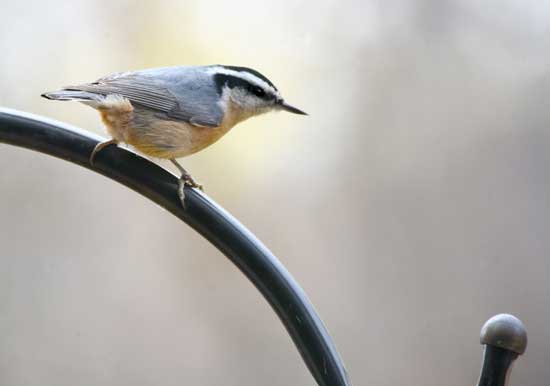Wildlife artists often try their best to balance what is in their hearts with that which will sell. We all love the idea of painting whatever it is that moves us but let’s face it, we are also trying to make a living. Each artist paints certain animals that are sought after by collectors. Paintings of these animals sell quickly. So it is easy to see how there could be temptation to paint those animals over and over again. I try my best not to fall into that trap. A recent event proved to me that in the end, you can not ever really predict what images will be the most popular with buyers.
A couple of years ago some friends invited my husband and I to join them out on the Kansas prairie to watch the mating rituals of the Greater Prairie Chicken. I didn’t know much about these birds at the time and it sounded like a fun and interesting time. Long before the sun pushed upward on the eastern horizon, we went out and sat in a wooden box in the middle of the prairie. It was early spring. It was cold and dark in that box. We nearly froze our fannies off!
The sun finally rose and illuminated the Flint Hills of Kansas in a brilliant pink glow. We could hear strange thumping on the top of the box that we were huddled inside of. These were male Prairie Chickens arriving to defend a little patch of grass that they each had decided was theirs. They flew onto the ground one by one. All was calm on the prairie. That is until the females began to arrive!
Watching male Prairie Chickens take part in their “booming” dance is quite a spectacle. When they fiercely begin competing for females, things really liven up on the prairie. I knew at that moment that I just had to paint this spectacular event. And I really wanted to capture the magical light of the Flint Hills at dawn.
Sure enough I did start a painting of this most unusual scene. I wanted to portray a male booming to impress a female. I wanted the viewer to decide on their own whether or not this particular male was able to woo her enough to “get lucky”. I got about three-quarters of my way through the painting. Then it found itself in the bottom of a drawer. Who in the world is going to want a painting like this?
Many months passed. I stumbled onto that painting again and decided that I did indeed like the start that I had gotten on it. I told my husband that I would finish it “just to get it out of my system.”… So I did… End of story, right?
Wrong…
I am most fortunate to have been included as an exhibiting artist in the NatureWorks Wildlife Art Show for the past five years. This show takes place in Tulsa, Oklahoma, and is currently one of the premier wildlife art shows in the country. And it is a WHOLE LOT of FUN! I take a collection of new paintings there each year. Somehow the Prairie Chicken painting was thrown in as a last minute decision. I decided to entitle it “Prairie Passion.”
“Prairie Passion” attracted a surprising amount of attention at the show. The painting sold on opening night and there were several collectors who wanted to purchase it. The person who ended up buying it decided to pick it up at the end of the show on Sunday. It remained in my booth and attracted attention throughout the entire weekend.
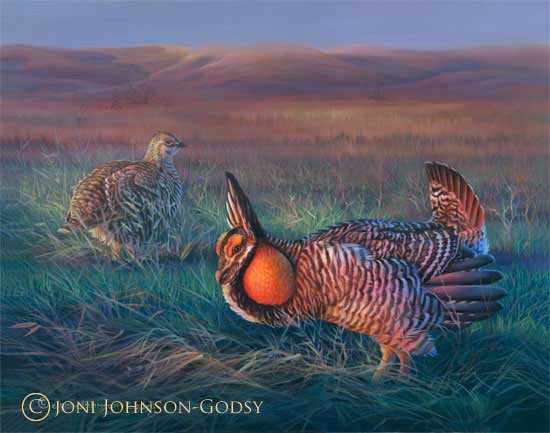
“Prairie Passion” (above). (Acrylic on masonite)
Greater Prairie Chickens are a member of the grouse family. The North American species was once abundant, but has become extremely rare or extinct over much of its range due largely to habitat loss. We were most fortunate to see these birds on that beautiful morning.
Prairie Chickens prefer undisturbed prairie and were originally found in tall grass prairies. They can tolerate agricultural land mixed with prairie, but the more agricultural the land the lower the Prairie Chicken population. The Greater Prairie Chicken was almost extinct in the 1930’s due to hunting pressure and habitat loss. They now only live on small parcels of managed prairie land. It is thought that their current population is about 500,000 individuals.
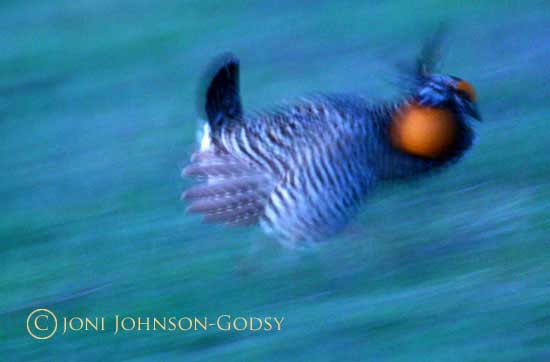
Currently, human interactions are by far the greatest threat to Prairie Chickens. The conversion of native prairie to cropland is very detrimental to these birds. It was found in a radio telemetry study conducted by Kansas State University that “most prairie chicken hens avoided nesting or rearing their broods within a quarter-mile of power lines and within a third-mile of improved roads.” They also found that the chickens avoided communication towers and rural farms.
Prairie chickens are most famous for their bizarre mating rituals, called “booming”. It is said that native Americans found inspiration for many of their dances from the dances of the prairie chicken. I could definitely see a parallel here.
Two males face off (below). They boom and then leap into the air at each other. This bizarre dance lasts for several hours until the females leave. Then the prairie falls silent again.
